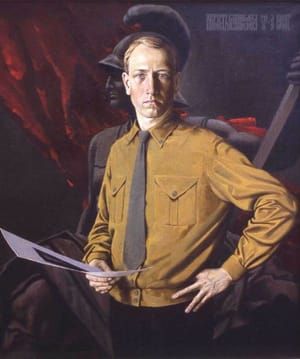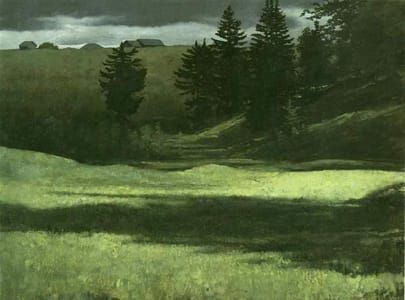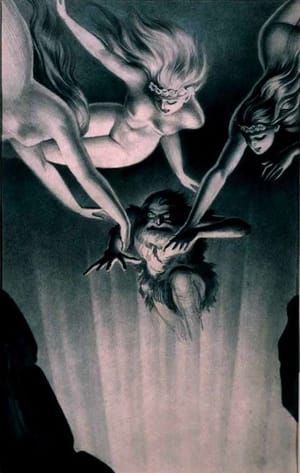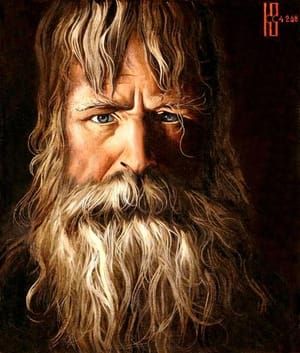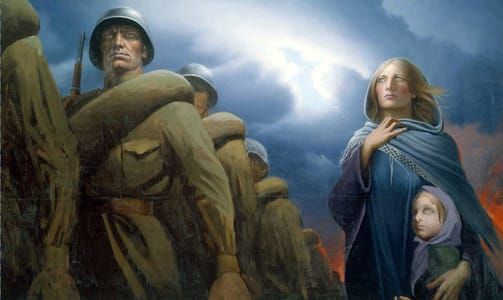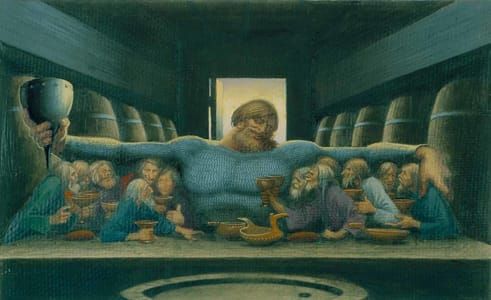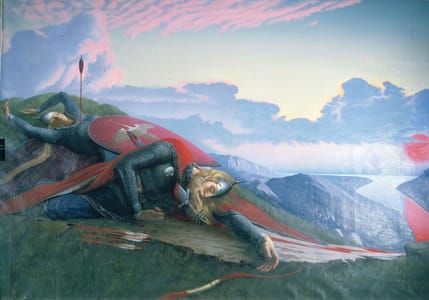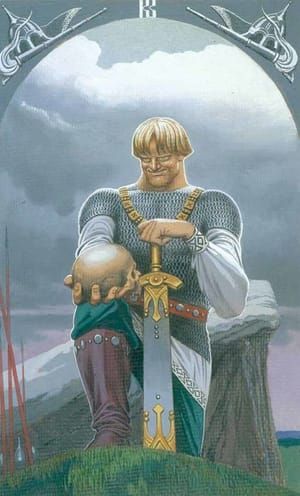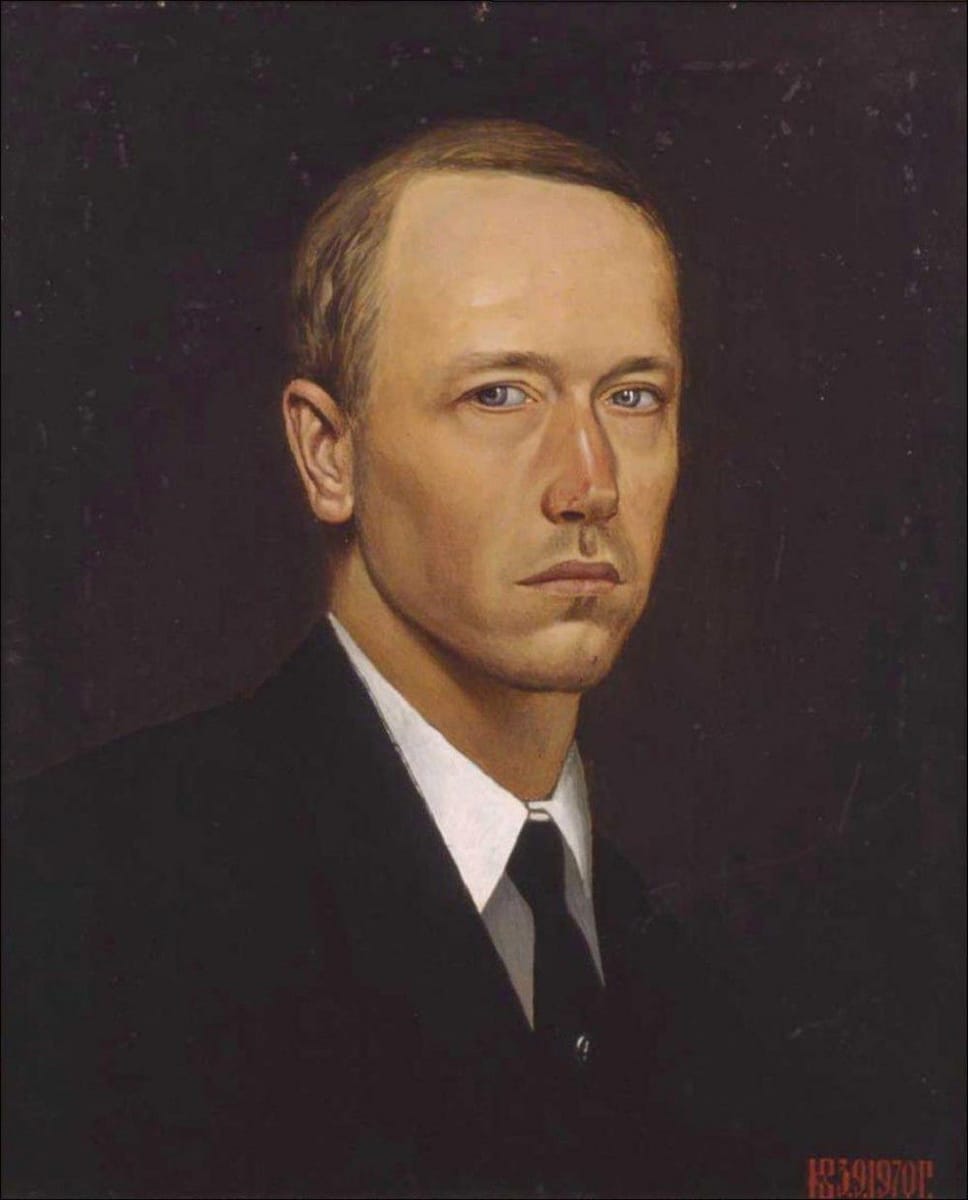

Self Portrait, 1970
Konstantin Vasilyev
From a very young age, Vasiliev’s parents noticed that their son had great artistic talent. Therefore, they did their utmost to see that he received the education necessary to develop this gift. Between 1954 and 1957, he studied at an art boarding school in Moscow, and he became familiar with the aesthetic traditions of his Motherland. In the mid-1950s, the school changed its orientation and it became more ridden with communist ideology. Vasiliev wasn’t comfortable with the conditions placed on his artistic output by the school; he didn’t care for Socialist Realism at all. Therefore, he decided to move his studies to the Kazan Artistic School (1957-61). His teachers were P. Speransky, V. Timofeyev, and N. Sokolsky, all of whom were exponents of the school of Classical Russian Realism that would form the stylistic foundation of Vasiliev’s œuvre.
...Many posthumous exhibitions of his work took place throughout Russia, Bulgaria, Yugoslavia, and Spain in the 1980s and 90s. A memorial museum was opened in the village of Vasilyevo in 1996, a special gallery was dedicated in Kazan (1996), and a special museum dedicated to his work was opened in Moscow in Lianozovksy Park (1998). Also, his cycle of World War II paintings received the M. Dzhailiya Award of the Tatar ASSR Komsomol in 1988.
(https://01varvara.wordpress.com/tag/konstantin-vasiliev/)
Uploaded on May 10, 2017 by Suzan Hamer
Konstantin Vasilyev
artistArthur
coming soon
